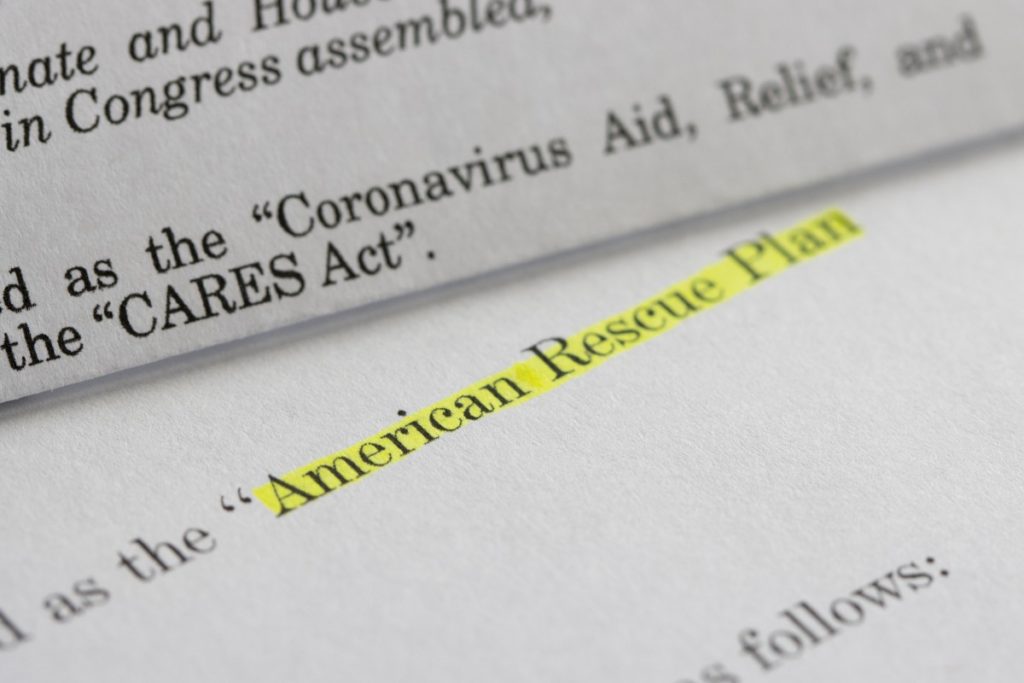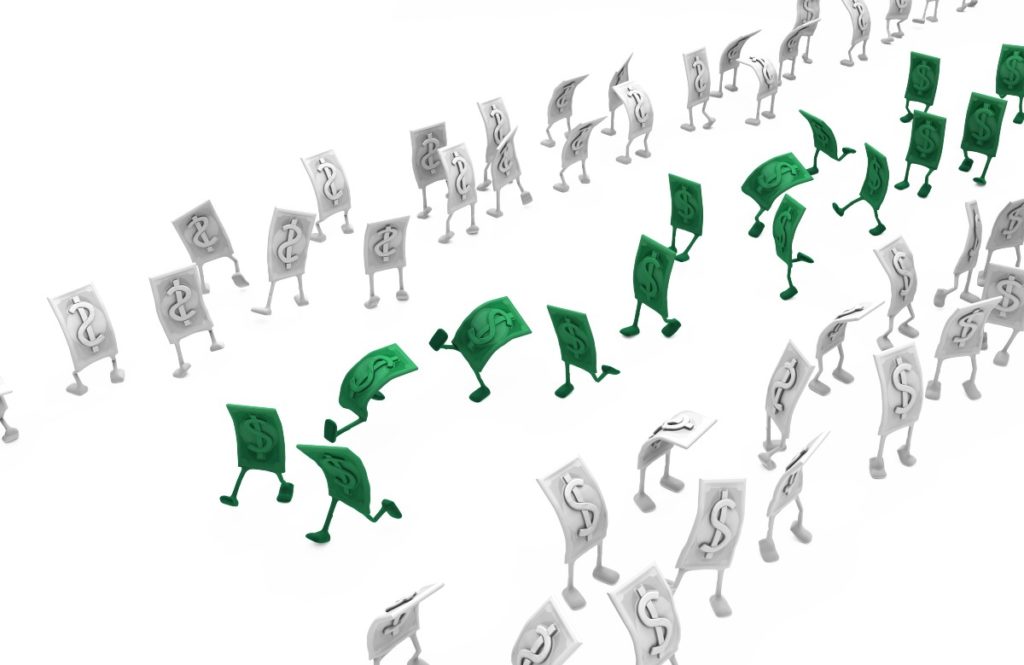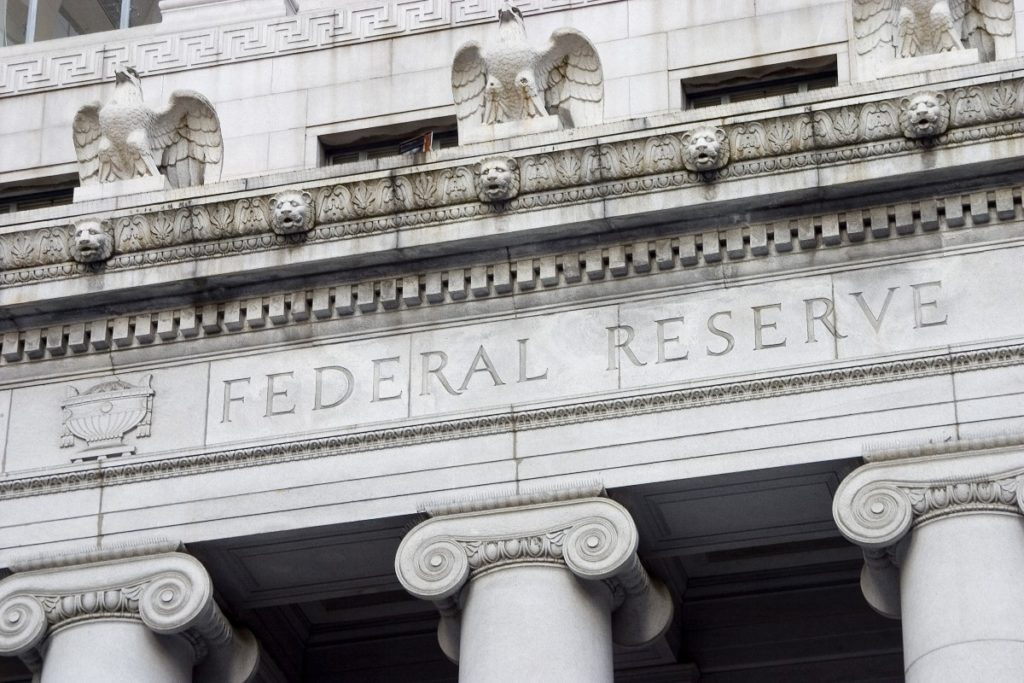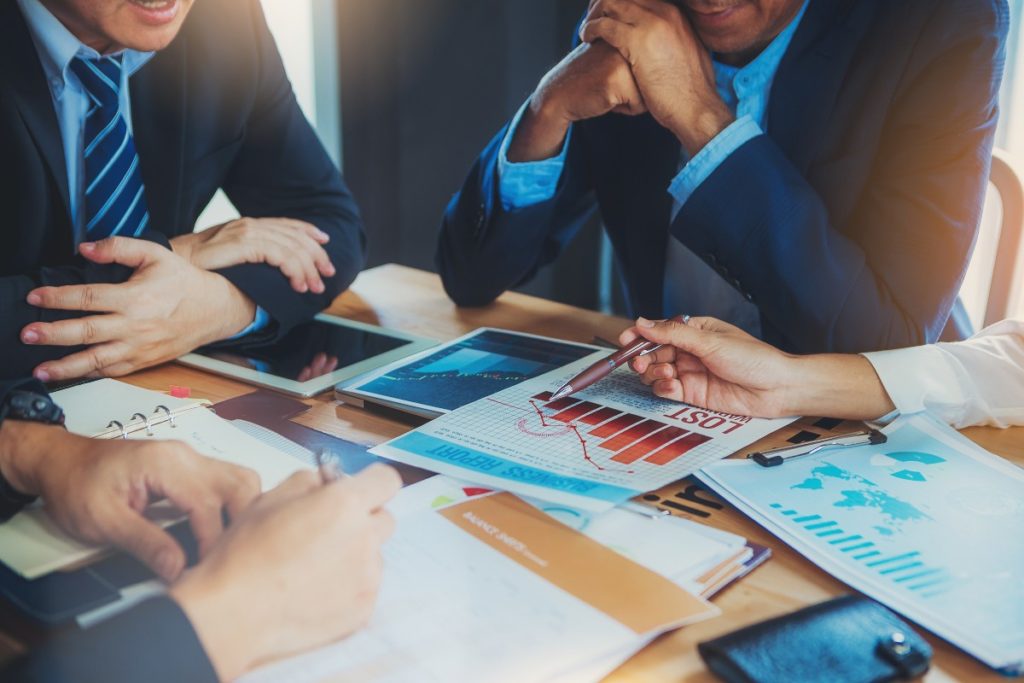Spend five minutes talking about the economy with anyone and the word “inflation” will get tossed around, often as a way to negate positive  outlooks on financial prospects. But inflation is not always a sign of poor economic outlooks—rather, the opposite can be true. It’s important to be clear on exactly what inflation is and how it can affect your financial situation by understanding the different types of inflation.
outlooks on financial prospects. But inflation is not always a sign of poor economic outlooks—rather, the opposite can be true. It’s important to be clear on exactly what inflation is and how it can affect your financial situation by understanding the different types of inflation.
Inflation is said to occur when your dollar is worth less today than it was a month ago. Inflation is always at work, but occasionally it speeds up so much as to cause serious economic detriment. Knowing the warning signs and how to prepare for inflation can help you preserve your financial situation.
Given the recent economic boomerang of pandemic losses and stimulus spending, some financial advisors are concerned inflation is about to increase.
The Different Types of Inflation
Understanding the different types of inflation can help you feel in control of your financial situation and strategize accordingly. Below are key terms you should know.
Transitory
Transitory inflation occurs frequently in times of economic recovery when costs increase due to recovery efforts. The hope is that these will regulate as the economy stabilizes.
Persistent
Persistent inflation occurs when consumers have enough purchasing power to actually cause an increase in the price of products, which in turn forces an increase in income to maintain affordability. This can be an unstoppable cycle unless the Federal Reserve intervenes by raising interest rates and slowing consumption.
Creeping
Creeping inflation happens so slowly you probably would not even notice it. Increases in prices will not surpass 3% and preferably will stay around 2%. Economists believe this is a helpful target as people buy now to avoid higher prices later.
Walking
 Speeding up a bit to 3% to 10%, walking inflation can cause a rapid cascade of problems, including too much demand. With preemptive purchasing, consumers out-purchase production standards.
Speeding up a bit to 3% to 10%, walking inflation can cause a rapid cascade of problems, including too much demand. With preemptive purchasing, consumers out-purchase production standards.
Prices increase while average pay stays the same, making it difficult for people to afford what they previously could.
Galloping
When inflation has completely jumped the bounds of realistic affordability, it is said to be galloping. Prices increase rapidly by over 10%. There is real concern about the survivability of an economy experiencing galloping inflation.
Rapid devaluation of currency means consumers and businesses both suffer under undue costs. External investments from other locations may pull out, reducing funds further.
Hyperinflation
The type of catastrophic inflation associated with war and/or economic collapse is known as hyperinflation. To meet this definition, there must be an increase of 50% in a single month, rapidly devaluing money and forcing the cost of products to increase dramatically.
What Causes Inflation
A variety of actions can bring about inflation, but in our own economy, governmental spending is the most likely to impact consumers in the coming months. This is due to the stimulus packages that have been pushed to aid those suffering from job loss and unexpected expenses during the coronavirus pandemic.
These stimulus payments have permitted a rebound in the economy, and yet there is some concern that inflation will speed up in response to this cash flood.
Are We About to Experience Transitory or Persistent Inflation?
 When you listen to the professionals debate the danger of “transitory” inflation, most will try to explain that the market will regulate itself and the impact will be minimal over time. On the consumer level, however, prices that increase during inflation rarely ever decrease.
When you listen to the professionals debate the danger of “transitory” inflation, most will try to explain that the market will regulate itself and the impact will be minimal over time. On the consumer level, however, prices that increase during inflation rarely ever decrease.
In the current economic climate, these increases will help businesses recover income from the previous year (or more) of financial losses. The speed with which these businesses are able to reopen and meet the demands of consumers will dictate the degree of inflation.
It will be up to the Fed to respond appropriately with interest rate increases and prevent serious or persistent inflation from occurring.
What You Need to Know About Inflation
The biggest concerns for the average person regarding inflation are reduced purchasing power and rate changes from the Federal Reserve. If balanced correctly, inflation should stay in the creeping, rather than walking, category even if it experiences a transitory hike.
The Federal Reserve is in a constant tango with inflation rates. It wants them to remain at 2%, the ideal position to increase costs but at a level that only encourages purchases, not panic buying.
Currently, the Fed expects inflation to outpace its preferred target of 2% as this equalizes again, and remains committed to leaving rate cuts in place until similar rebounds are seen in employment numbers as well.
How You Might Be Affected by Types of Inflation
This is relatively good news for the average American worker, whether on the job hunt or waiting for the economy to stabilize. For those who are investing, of course, this means continued low returns on your funds. While there has been significant recovery from the start of the pandemic, investment growth remains slow as the Fed keeps interest rates down.
 If you are a business or property owner, you may benefit from inflation as the costs associated with what you have to sell increase. Managing these effectively can be key to balancing the double-edged sword of inflation.
If you are a business or property owner, you may benefit from inflation as the costs associated with what you have to sell increase. Managing these effectively can be key to balancing the double-edged sword of inflation.
If you’re concerned about the different types of inflation and how it may affect your financial portfolio going forward, talk to an expert about the best way to shore up your investments, savings, and property. As experienced financial professionals, we at Stableford Capital feel confident in identifying transitory inflation but also preparing our clients for lasting effects.
Reach out today to schedule a complimentary 15-minute consultation when you call 480.493.2300 or contact us online.
